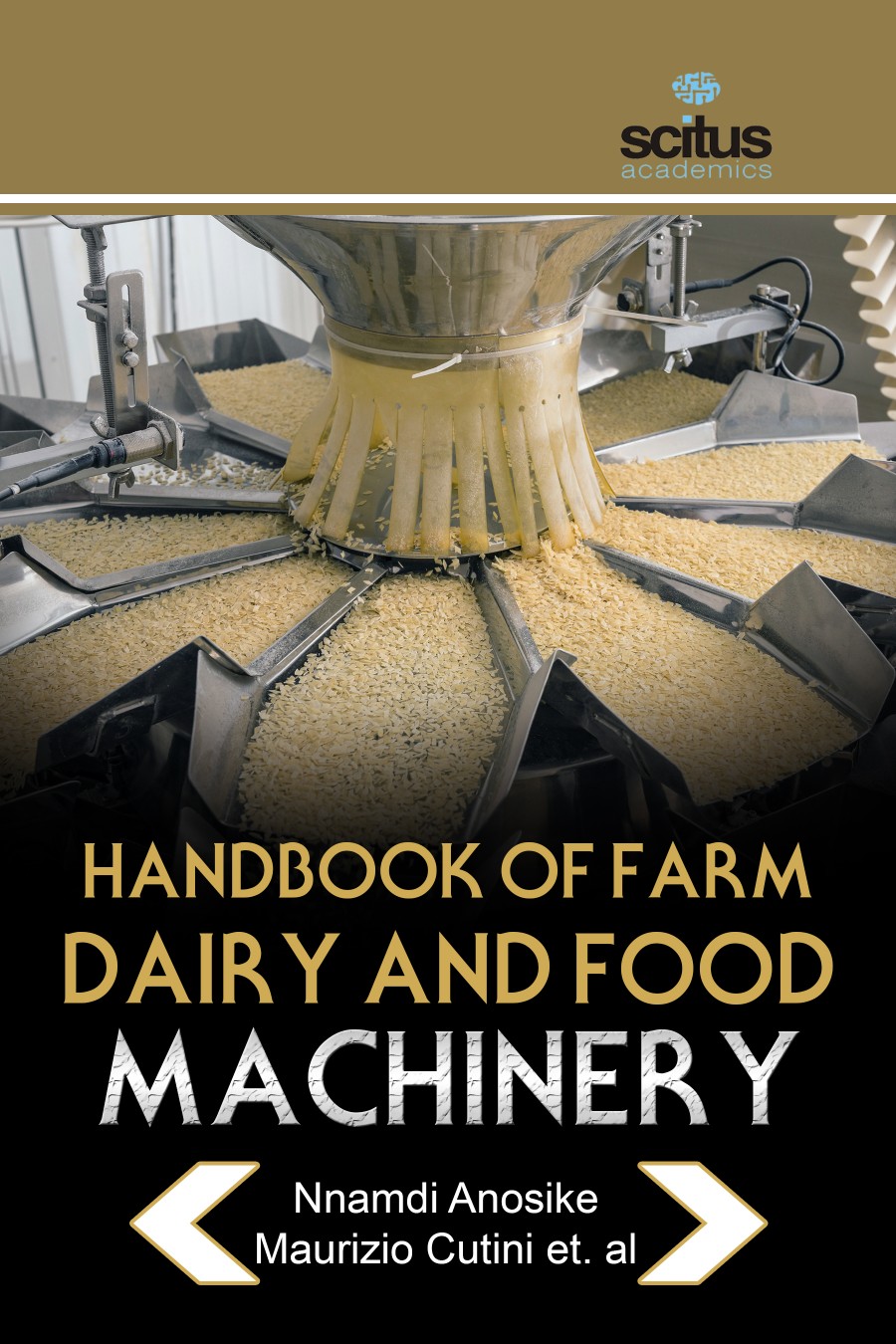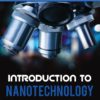The procedures of employing mechanical resources to agricultural operations are originally focused on the intention of supplying plenty of food for the farm family, the village, the region and the country. In convincing this idea, farm machines that assist bring more land into production; more water to dry-season production, offer for accommodation of intensively-managed crops etc. are typically given priority. Once food sufficiency has been achieved, the focus of farm machinery tends to become the development of the efficiency of food production. In this perspective technologies that reduce costs, save on scarce resources, meet market demand for high-value products, reduce environmental stresses, etc. are commonly found to receive particular attention. Looking towards the future to a point in time when humans are removed from field machinery, there are several emerging technologies that will be essential for autonomous operation. Advancements in sensing, communication and control technologies coupled with Global Navigation Satellite Systems (GNSS) and Geographical Information Systems (GIS) are aiding the progression of farm machines from the simple, mechanical machines of yesterday to the intelligent, autonomous vehicles of the future.
Handbook of Farm, Dairy and Food Machinery presents up-to-date information on fundamental food engineering doctrine in the design of food industry machinery. It provides wide ranging, theoretical and practical detailed coverage of food safety, product processing systems, packaging, waste management, and machinery design topics in a farm to the organization. The purpose of this work is to examine a number of controlling factors relating to the removal of man as a control element in agricultural field production systems. Many forces external to the industry will shape how automation develops and is adopted by producers.
This book will be of valuable to Food, chemical, mechanical, and packaging engineers involved with the food industry.













